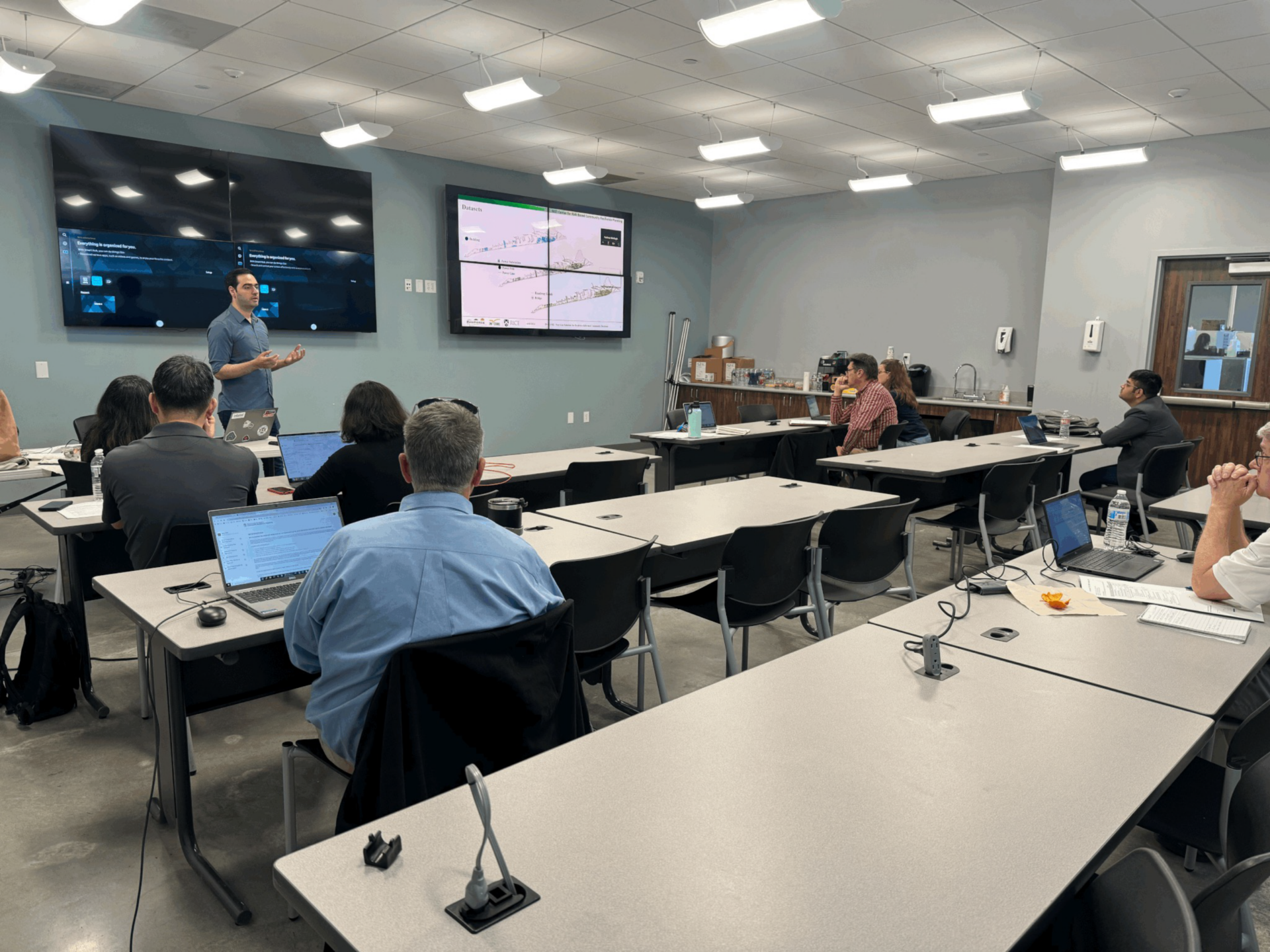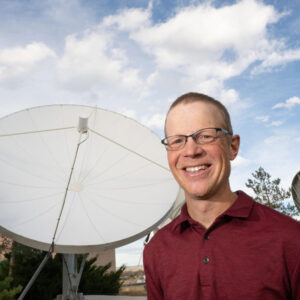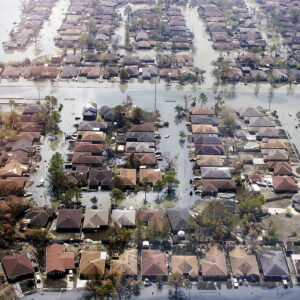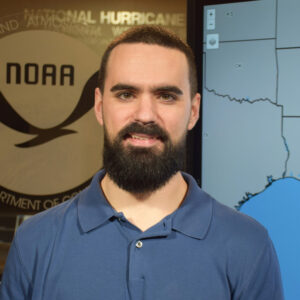
Approaching natural hazard planning and response holistically
IN-CORE software planning platform builds resiliency from start to finish
story by Josh Rhoten
published July 11, 2024
Community planning around natural hazards like hurricanes often centers on alerts, first responders and the immediate cleanup afterward. However, policymakers are beginning to instead focus on what can be done in advance to make their community more resilient to larger and more frequent hazards due to climate change. That includes adaptation and mitigation activities such as retrofitting infrastructure and hardening defenses around key assets like hospitals long before storms arrive.
That switch to a more holistic approach across the full life of a hazard is something Professor John W. van de Lindt has been working to support for years through the Center for Risk-Based Community Resilience Planning. Van de Lindt is the principal investigator and co-director of the center at Colorado State University, which brings together interdisciplinary researchers to study resiliency questions around hurricanes and other hazards. He said prioritizing resiliency involves not just assessing possible risks but also thinking about the value of proactive measures – especially how they may speed the return to normal life after a hazard.

Those are complex policy questions that are often unique to each community. The answers often vary depending on the immediate impact of hazards and how they may threaten economic stability, infrastructure and social services in the long term. To help with that decision making, the center has developed IN-CORE – or the Interdependent Networked Community Resilience Modeling Environment platform.
Van de Lindt said IN-CORE is a computer software system that can model vulnerabilities or develop “what if” scenarios using a variety of actual data sets from different disciplines.
“The software can combine building inventories and the demographic makeup of a community with advanced wind wave surge modeling to showcase vulnerabilities in a way planners can interact with and leaders can use to make decisions,” said van de Lindt, who holds the Harold H. Short endowed chair in the Department of Civil and Environmental Engineering. “It is a powerful tool that is helping to develop the science behind community resilience assessment.”
Earthquakes and other natural hazards are a risk everywhere
Interdisciplinary and data-informed research into resiliency around natural hazards
The center has partnered with many communities to test the IN-CORE platform since it was first funded by the National Institute of Standards and Technology in 2015. That includes an ongoing partnership with the City of Galveston in Texas.
The barrier island community is frequently threatened by hurricanes, and the chance of a major storm is increasing every year due to climate change. Because of that, city leadership wanted to better understand how key infrastructure such as power poles and roads would react when subjected to a 50-, 100- or 500-year storm. They were also interested in learning how different segments of their racially diverse community would fare in those scenarios and about the potential return on investment in funding mitigation activity – like constructing flood barriers – sooner rather than later.
Researchers at CSU and other universities, including Texas A&M University, Rice and Stonybrook, worked on the IN-CORE modeling project for the community through the center. Together, they developed detailed and reactive maps that illustrate potential challenges based on a hurricane’s size or where it struck. The team also hosted workshops with the city to co-develop a more user-friendly version of the software for broader use in other communities soon.
Van de Lindt said the project is a great example of how physical and social systems are linked in a hazards scenario and how IN-CORE can be used to measure and understand key aspects of those relationships.
What a small city in North Carolina can tell us about resilience
Harvey Cutler is an emeritus professor of economics at CSU and has been a part of multiple research projects through the center, including Galveston. His team works in computable general equilibrium modeling – developing large numerical models that combine economic theory with real datasets that describe the local economy and current state of the infrastructure. Those models make up a key part of the IN-CORE platform, and the resulting analysis quantifies the expected benefits of policy decisions such as updating building codes as well as the potential losses to productivity, for example, if no action is taken.
Cutler said he gained an appreciation for the other disciplines involved in the center after collaborating on these issues.
“Most of these problems are complex, and you can’t address them with one discipline alone,” he said. “You need sociologists, economists, engineers and planners working together to develop these models and explore solutions.”
Van de Lindt said IN-CORE can and has been used to study similar relationships in tornadoes and earthquakes in testbed communities across the country. In each case, he said, the goal is to take the guesswork out of costly prevention and mitigation activity and help leaders make informed decisions on the best ways to protect their communities now and in the future.
“IN-CORE is already one of the most advanced and useful resiliency tools out there for that work, and we look forward to improving it and getting more people access to it,” he said.





